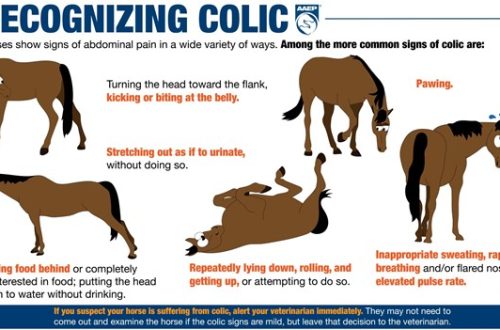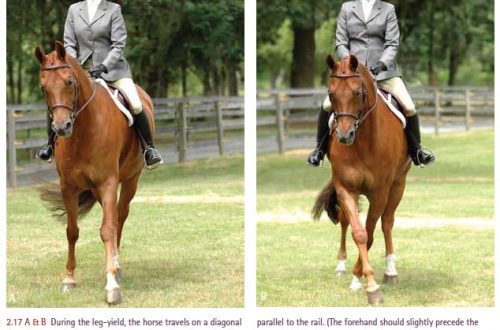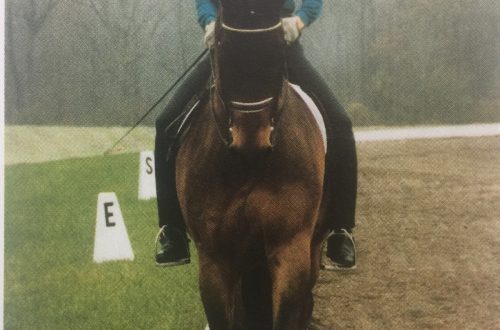
About a safe jumping landing
ABOUT SAFE JUMPING
All the good riders I’ve ever met had one thing in common – sitting in the saddle, they had perfect lower leg position. The fact is that the stability of our seat is based on our position in the saddle, and the position in the saddle, in turn, depends largely on the position of our legs.
However, before talking about our stable position, we need to make sure that our stirrups fit perfectly for jumping.
Putlisch length
Incorrectly fitted putlischi is the source of many mistakes made by riders when overcoming obstacles. We can prevent them with a simple procedure.
After warming up, stop your horse (if he is not standing still, have someone help you and hold him). Drop the stirrups and relax your legs – let them hang down freely. Adjust the straps so that the base of the stirrup touches the ankle bone. Then put your foot in the stirrup. The angle between the knee and the hip should be about 90º in the sitting position and 110º during the relief phase or in the jump.
Now that you have adjusted the stirrup, lower it again. Consider how you put your foot in it – this is important and deserves attention.
Foot
Let your horse stand a little longer. Place your foot in the stirrup. The pad of the thumb should lie on its base, and the little finger should be located at the outer arch. There are many options for foot placement. So, some trainers argue that the foot should be shifted to the other side (the ball of the thumb lies at the inner arch).
Placing the foot with the little toe at the outer arch favorably affects the elasticity of the ankle. Beginner riders often experience a shift of the foot towards the inner arch while riding. Over time, this usually resolves, the ankle and foot ligaments are developed, and the foot is in the correct position.

Location of the foot in the stirrup.
No matter how you place your foot in the stirrup, a distance of about 2,5 cm should be maintained from it to the opposite temple. At the same time, the distance from the top of the shoe to the arch of the stirrup should be at least 10 cm. This will give your foot the necessary space that will protect you in case of a fall. Any fall is dangerous, but the fall of a rider whose foot is stuck in the stirrup is guaranteed to have serious and possibly dramatic consequences. Pay attention to this detail, it can save your life…
Another rule for your safety. Look at the photo and pay attention to the location of the spur trencher. The clasp is located exactly in the center of the foot. The buckle, positioned in this way, will not catch on the stirrup in the event of a fall. Although the chance of such a situation is not great, it is better not to risk it.
Let’s go back to our foot. Stand in the stirrups as you would at the posting trot. Don’t try to place the foot in any particular position or create a specific angle between the foot and the horse’s side. Let everything happen naturally. It is best if your foot is in the same position as when walking. Not all riders have feet parallel to the horse’s body: it depends on the elasticity of the ligaments, the structure of the rider’s leg, the structure of the horse. The joint will develop over time. If you twist it forcibly, it will only cause tightness in the leg and body.
As you rise, make sure your shins are relaxed. Try to imagine that it is the stirrups that lift your foot up, and not you drop your heels down. This will allow you to relax. Then, return to the saddle, sit with your weight evenly distributed, but tilt your body slightly forward, so that your shoulders are slightly in front of your pelvis.
Landing.
Consider, finally, our show jumping landing.
When you are sitting in the saddle, your shins should be relaxed on the sides of the horse. The horse’s jump can be very powerful and you will need to keep your shin in contact with the horse’s side. To achieve this, grip must be provided by the inner surface of the knee joint and the inner surface of the lower leg (if you tighten the muscles, they will become rounded and the contact area will decrease, the lower leg should be relaxed and lie flat). If you turn your knees, the contact of the shin with the side of the horse will be lost. Your position in the saddle will be weak and unstable.
The contact of the leg with the side of the horse occurs in another case – when the legs are closed to move the horse forward, to form an impulse. These are two completely different rider footwork that beginners often confuse.
Now let’s turn our attention to landing during the jump. Your thighs are in full contact with the horse when you are seated. During the relief phase or during the overcoming of an obstacle, there will be no such contact. But you can improve it if you allow your hips to go deeper down. Landing will only be more stable.
Let’s go back to our previous job. Sitting in the saddle on a standing horse, pay attention to your lower back – it should not bend. The line of the back should be natural. This will dampen the vibrations of the horse’s back, correctly and effectively manage it.
The body should be straight, shoulders deployed. Chin raised parallel to the ground, look forward. Your forearms should form a straight line from the elbow to the horse’s mouth. Elbows should not be apart. The occasion lies in the hand between the little finger and the ring finger, at the exit it is covered with the thumb. The thumb is pointing up. The brushes are slightly tilted from the vertical – imagine that you are carrying a bowl of soup.
Stirrups: base weight and width
Today there is a tendency to use lighter stirrups with a wide base. But, in our opinion, it cannot be regarded as unambiguously positive. A light stirrup may prevent your foot from popping out of it so easily in the event of a fall. The wide base forces the rider to place the foot more deeply in the stirrup, which threatens to lose flexibility and elasticity in the ankle, and the depreciation mechanism is blocked. It is much more efficient to use stirrups made of heavy materials with a base width of no more than 5 cm.
Grasp the reins, keeping the same distance from the snaffle to the wrist on each side. The elbow should remain in the center of the body. Control the length of the rein with your thumb, not your whole hand.
Now that you have positioned yourself correctly in the saddle, you are much more likely to stay in tune and in contact with your horse while overcoming obstacles. Your landing is now more firm and stable.
A bit of history
The first version of the rider’s position when overcoming obstacles was proposed by Federico Caprilli in the 1900s. Caprilli believed that the foot should have been located deep in the stirrup, and the ball of the thumb should lie almost on the inner arch. This position is undoubtedly very stable, but it reduces the sensitivity of the ankle and contact with the horse. The greatest expert on horses and equestrian sports, General Harry Chamberlain, also advocated this position. However, two brilliant riders, Bill Steinkraus and George Morris, have adopted a different practice, which is to place the foot shallow, against the outside of the arch.
Jim Wofford; translation by Valeria Smirnova (source)





